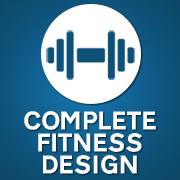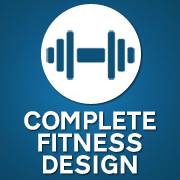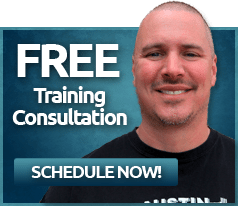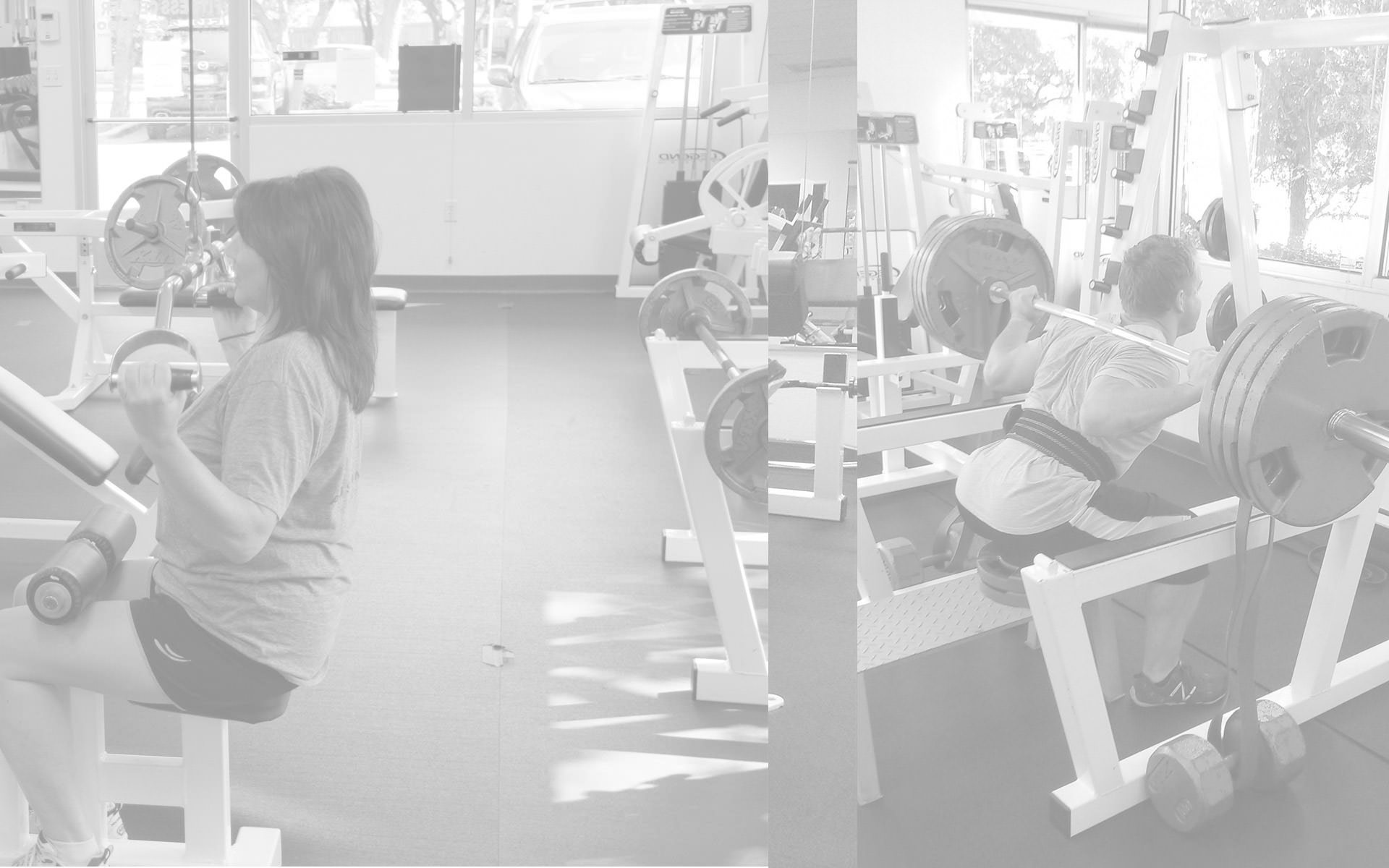Are You Wondering How To Build Bigger Calves?
One of the age old dilemmas of some people working out in the gyms across the world is how to build bigger calves. There are many machines from the donkey press, to both seated, and standing calf raise machines, all the way down to body weight exercises of standing on a ledge and performing calf raises. Many theories abound in gym locker rooms, on fitness forums, and there is certainly no shortage of YouTube “trainers” weighing in on the subject. Is it possible to make a marked difference in the size of your calves? The answer, like anything in fitness isn’t one dimensional and obvious, nor does it apply to everyone.
The calf muscles are comprised of the soleus and the gastrocnemius. The soleus is connected form the back of the knee, down to the heel and like the gastrocnemius, is responsible for plantar flexion. In other words, the flexing and extending of the feet. The soleus, however, has a few special roles to fulfill. One being the ability to stand. If it were not for the constant tension of the soleus, you would simply fall over backwards while standing, no matter how great your sense of balance may be. The other role of the soleus is to return the blood from your legs back to the heart while you are in a standing position. The gastrocnemius, on the other hand is a 2 headed muscle that inserts from just above the knee to the heel. Both of these muscles, however, insert to the heel through the same tendon. The Achilles tendon. Because of their common insertion point to the heel, coupled with the fact that one lies just above the other, some people consider them to be the same muscle thus making the calf muscle a 3 headed muscle.
When we walk, the soleus is responsible for most of our lower leg flexion, propulsion, and stability since it is comprised of primarily slow twitch muscle fibers, and as such, is far slower to fatigue than a muscle made up of more fast twitch, or anaerobic fibers. When we run or jump, the gastrocnemius is the calf muscle that is the primary mover as it is comprised of primarily fast twitch muscles.
Genetics play a huge role in calf development and size. For example, some people have a much higher insertion point than others. Naturally, the higher insertion point, the smaller the belly of the muscle will be proportionate to the length of both the tibia and fibula bones. Those with a lower insertion point of the gastrocnemius and soleus, however, will have much larger, as in wider calves genetically. This doesn’t necessarily equate to stronger calves, but from a visual standpoint, insertion points dictate the size factor.
If you have a higher insertion point on your lower leg muscles and are wondering how to build bigger calves, you are going to be limited in your capacity to do so. It is not hopeless, however, but the chances of you being recognized as a person with amazing looking calf muscles, honestly aren’t all that great. So how how can one build bigger calves, even when starting behind the 8 ball, so to speak? There are several methods, like anything in fitness, and they all require absolute consistency in their efforts.
When Wondering How To Build Bigger Calves, Don’t Look To The Stars
Arnold Schwarzenegger is a legend of calf development, but there’s a dubious component at work as well. He had notoriously small calves, and in fact, would often pose for photo shoots as a young man with his lower legs in water, behind rocks, etc. He admitted to their deficiency, and claimed to work them tirelessly to achieve perfection, but most folks in that circle claimed that he had a little help from a procedure or 2. Since the flaring heads of the calves, the gastrocnemius, are usually comprised of fast twitch muscle fibers, he, like anyone, would achieve some gains from heavy and consistent work on that muscle group. The fact that he at age 70 continues to boast the same dimensions on his calves as he did as the 6 time Mr. Olympia, while the rest of his once mighty physique has atrophied with age, makes it all the more suspect. No blame, no shame, but people need to have realistic expectations when wondering how to build bigger calves and not necessarily look to others in the spotlight for inspiration, for those reasons.
If you are amongst the many that wonder how to build bigger calves, consider approaching them much the same as you would any other muscle group. Consistency and hard work, coupled with a variation of exercises that employ both fast, as well as slow twitch muscle fibers. For example, use the standing calf machine for a set of 25 and then head over to the seated calf machine and do a heavy set of 12 or so repetitions. Follow that up with a set of walking calf raises where you walk on only the balls of your feet and rise up at every step, thus flexing the soleus and gastrocnemius on every step. If you do this, or really any strenuous variation of this consistently over time, you will realize success. They may not be amazing calves in the end, but they will certainly be a whole lot better than when you started trying to make them bigger.
How to build bigger calves, like any other goal in the health and fitness world, won’t come instantaneously. It takes time and patience in order to see results. This particular pair of muscles is no exception and while you can’t beat your genetics, you can certainly make improvements and maximize your genetic potential no matter how great or small that may be.
Ready to Get Started?

Andy

Latest posts by Andy (see all)
- Workout Motivation: How To Get Motivated To Work Out - March 9, 2022
- Body Fat Types: Subcutaneous and Visceral Fats - June 1, 2019
- Why Diets Work If You Stick With Them - April 1, 2019





